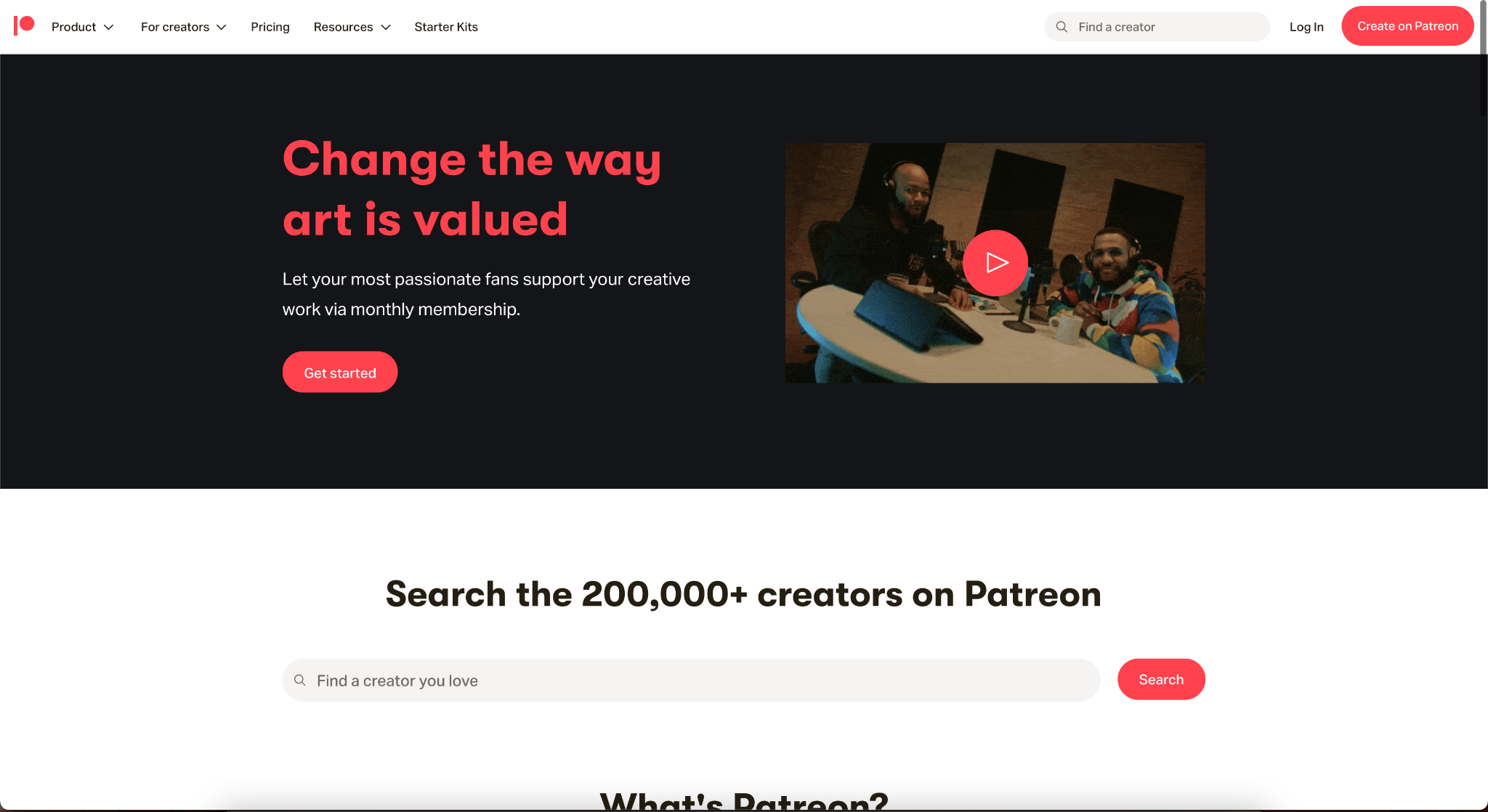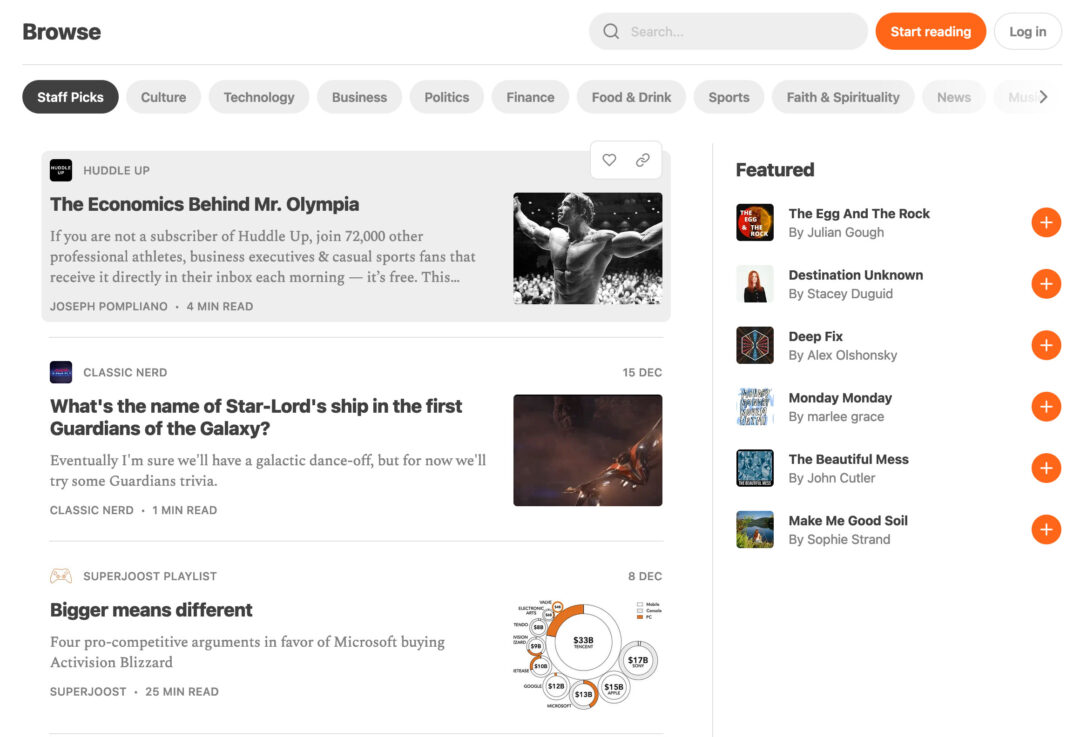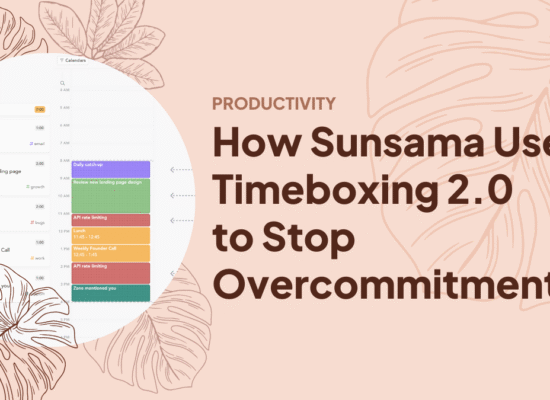Table of Contents
When comparing Patreon vs. Substack, content creators face a pivotal choice that shapes their entire business model. The platform you select doesn’t just host your work—it fundamentally influences how you create, connect, and capitalize on your expertise.
The creator economy continues its explosive growth, with more than 50 million people worldwide now identifying as creators. Behind this movement stands a sophisticated infrastructure of platforms designed to transform passion into profit. Yet not all creator platforms serve the same purpose or creator type.
Platform selection represents one of the most consequential yet under-analyzed decisions in your content journey. The right platform alignment can accelerate growth, while the wrong match can constrain even the most compelling content—whether you’re offering unlimited graphic design services or educational content.
The Philosophical Foundations
Before diving into features and fees, understanding the philosophical foundations that separate these platforms is essential. This underlying difference influences everything from user interface to revenue structure.
Patreon: Community-Centric Membership Model
Patreon operates on a membership model where creators offer tiered benefits to supporters who pay recurring monthly fees. This approach emphasizes:
- Community building
- Exclusive access
- Recurring revenue
- Varied content formats
The platform positions creators as community leaders who provide ongoing value through regular content drops and special perks. This model works particularly well for those offering services like unlimited design subscriptions with different service tiers.
Substack: Writing-Focused Publishing Platform
Substack centers on the newsletter format with optional paid subscriptions. Its model:
- Elevates individual thinking and writing
- Positions creators as independent publishers
- Maintains direct relationships with readers
- Emphasizes written content with a journalism-adjacent ethos
These philosophical differences manifest in how each platform has developed its feature set, pricing structure, and overall user experience.
Feature Comparison: What Each Platform Offers

Patreon’s Robust Feature Set
Patreon offers a comprehensive suite of community management tools that extend well beyond content delivery:
- Multiple membership tiers with varying benefits
- Community discussion management
- Scheduled content releases
- Third-party platform integration (like Discord)
- Support for diverse content types (videos, podcasts, images, writing, live streams)
This versatility makes Patreon particularly valuable for creators who produce multimedia content or want to offer a variety of experiences to their supporters, such as those teaching how to design engaging online courses with different pricing options.

Substack’s Streamlined Approach
Substack maintains a more focused approach centered on written content delivery. Its primary features include:
- Clean, distraction-free writing interface
- Integrated email delivery system
- Simple paywall management
- Basic commenting functionality
- Podcast hosting capabilities (a more recent addition)
While Substack has expanded to include podcasts and limited community features, its strength remains in the simplicity of its core offering: helping writers connect directly with readers through email.
The feature distinction becomes particularly important when considering your content strategy. Creators discussing topics like freelance vs corporate work environments may find Substack’s writing-centric platform more suitable, while those offering tiered services might prefer Patreon.
Fee Structure and Economics
Understanding the economics of each platform reveals significant differences in their monetization approaches.
Patreon’s Tiered Pricing
Patreon employs a tiered pricing model for creators with three main plans:
- Lite (5% of monthly income): Basic membership tools and patron management
- Pro (8% of monthly income): Advanced features including membership tiers, analytics, and special offers
- Premium (12% of monthly income): Dedicated support, team accounts, and merchandise features
Beyond Patreon’s cut, creators must also account for payment processing fees (approximately 2.9% + $0.30 per transaction).
Substack’s Simple Revenue Share
Substack takes a different approach with a straightforward revenue share model:
- Creators keep 90% of subscription revenue
- Substack takes 10%
- Payment processing fees are included in Substack’s percentage
Notably, Substack also offers a completely free option. Creators can use the platform without charging subscribers, allowing them to build an audience before monetizing.
The economic implications become clearer when we run the numbers. A creator earning $5,000 monthly would keep approximately $4,500 on Substack but only $4,350 on Patreon’s Pro plan (before payment processing fees).
User Experience Analysis
The creator and audience experience on each platform reveals significant contrasts in approach and emphasis.
Creator Experience
Patreon presents a more complex dashboard with numerous configuration options, providing greater customization but requiring more time investment to master. The platform emphasizes relationship management, offering tools to track patron engagement, communicate with different membership tiers, and analyze retention metrics.
Substack offers a more intuitive interface focused on the writing and publishing process. Its dashboard prioritizes content creation and distribution, with secondary emphasis on subscriber metrics. This streamlined approach reduces the learning curve but limits customization options.
Audience Experience
Patreon supporters typically engage with content on the Patreon website or app, navigating through creator pages to access exclusive content. This creates a distinct experience separate from public content channels.
Substack readers primarily engage through email, receiving content directly in their inboxes. This integration with existing email habits creates less friction for casual readers but may offer fewer community engagement opportunities compared to Patreon’s dedicated spaces.
Creator Archetypes: Which Platform Serves You Best?
Different creator types naturally align with each platform’s strengths.
Patreon Serves Best:
- Multimedia Creators: Those producing videos, podcasts, music, art, or a combination of content types benefit from Patreon’s flexible content hosting capabilities.
- Community Builders: Creators who thrive on direct interaction with their audience and want to foster connections between community members.
- Benefit Stratifiers: Those who can create meaningful distinctions between membership tiers, particularly creators offering unlimited graphic design services with different service levels.
Substack Serves Best:
- Focused Writers: Journalists, analysts, and essayists who primarily produce written content benefit from Substack’s writing-centric tools and distribution system.
- Thought Leaders: Subject matter experts who provide analysis and perspective on topics like freelance vs. corporate work environments.
- Email-First Creators: Those who value direct inbox delivery and understand the power of email as a distribution channel.
The most successful creators make platform decisions based on honest self-assessment of their content type, audience preferences, and business goals rather than simply following platform trends.
Strategic Platform Selection Framework
When selecting between these platforms, evaluate five key factors:
- Content Format Alignment: Does your primary content format (writing, video, audio, visual art) align with the platform’s strengths?
- Audience Behavior: Where does your target audience already spend time, and how do they prefer to consume content?
- Monetization Strategy: Does your revenue model rely on many small contributions or fewer higher-value supporters?
- Growth Objectives: Are you prioritizing audience growth or monetization of an existing audience?
- Time Investment Capacity: How much time can you dedicate to platform management versus content creation?
For creators early in their journey, Substack often provides an accessible entry point with its free tier and simpler setup process. As audience engagement deepens and content offerings diversify, some creators find Patreon’s robust tools justify its higher fees and complexity.
Others maintain presences on both platforms, using Substack as an audience development channel and Patreon for deeper monetization. This hybrid approach requires more management but can create a powerful funnel from casual readers to committed supporters.
Beyond Patreon and Substack
While Patreon and Substack dominate much of the creator economy conversation, the platform landscape continues to evolve rapidly. Newer entrants like Buy Me a Coffee, Ko-fi, and Fanhouse offer alternative models with different feature sets and fee structures.
Traditional social platforms have also entered the creator monetization space, with Twitter’s Super Follows, Facebook’s subscription groups, and YouTube’s channel memberships all providing platform-native monetization options.
The most resilient creator businesses maintain ownership of their audience relationships through email lists, personal websites, and direct communication channels, reducing dependency on any single platform’s policies or algorithms.
Making Your Decision
The Patreon vs. Substack decision ultimately comes down to alignment between your content strategy and platform strengths. Neither platform represents an objectively superior choice—each excels for specific creator types and business models.
For those still uncertain, consider starting with the platform that presents the lowest barrier to entry for your specific situation. Many successful creators began on one platform before transitioning to another as their needs evolved.
Remember that platforms serve as tools rather than destinations. The most valuable asset in the creator economy remains the relationship between creator and audience—a connection that transcends any particular technology or platform.
Key Takeaways:
- Patreon excels for multimedia creators offering tiered memberships and community engagement.
- Substack is ideal for writers who want a straightforward newsletter publishing system with direct inbox delivery.
- Your content format, audience behavior, and monetization strategy should guide your platform choice.
Level Up Your Creator Journey with Professional Design
FAQs
Which platform takes a smaller cut of creator earnings?
Substack typically offers better economics with a flat 10% fee (including payment processing), while Patreon charges 5-12% plus additional payment processing fees.
Can I use both Patreon and Substack simultaneously?
Yes, many creators use Substack for general audience building and Patreon for premium offerings and deeper monetization.
Which platform is better for beginners?
Substack offers a lower barrier to entry with its free tier and simpler interface, making it ideal for creators just starting their monetization journey.
Maria is an accomplished digital marketing professional, specializing in content marketing and SEO. She's a neurodivergent who strives to raise awareness, and overcome the stigma that envelopes around mental health.






